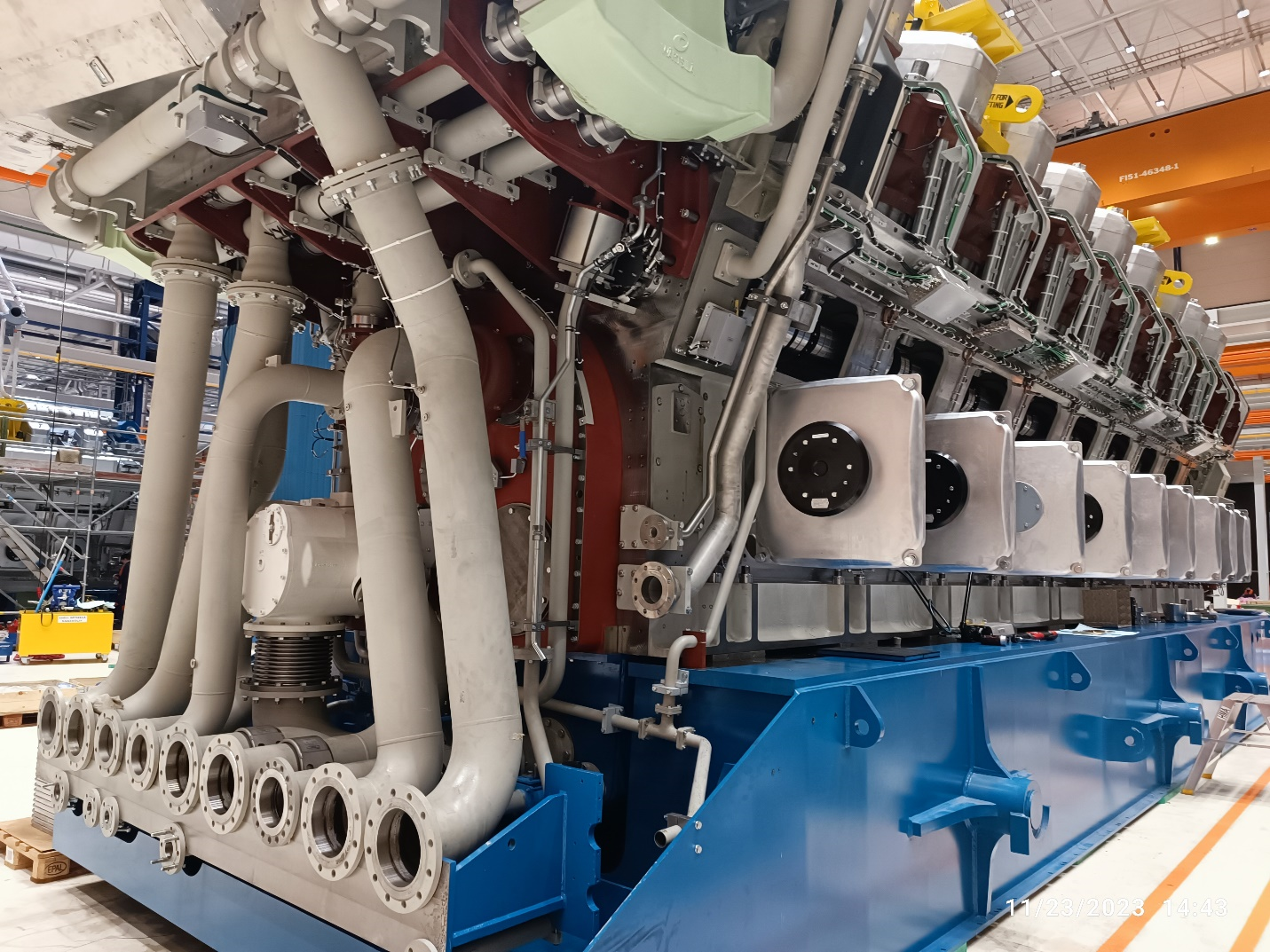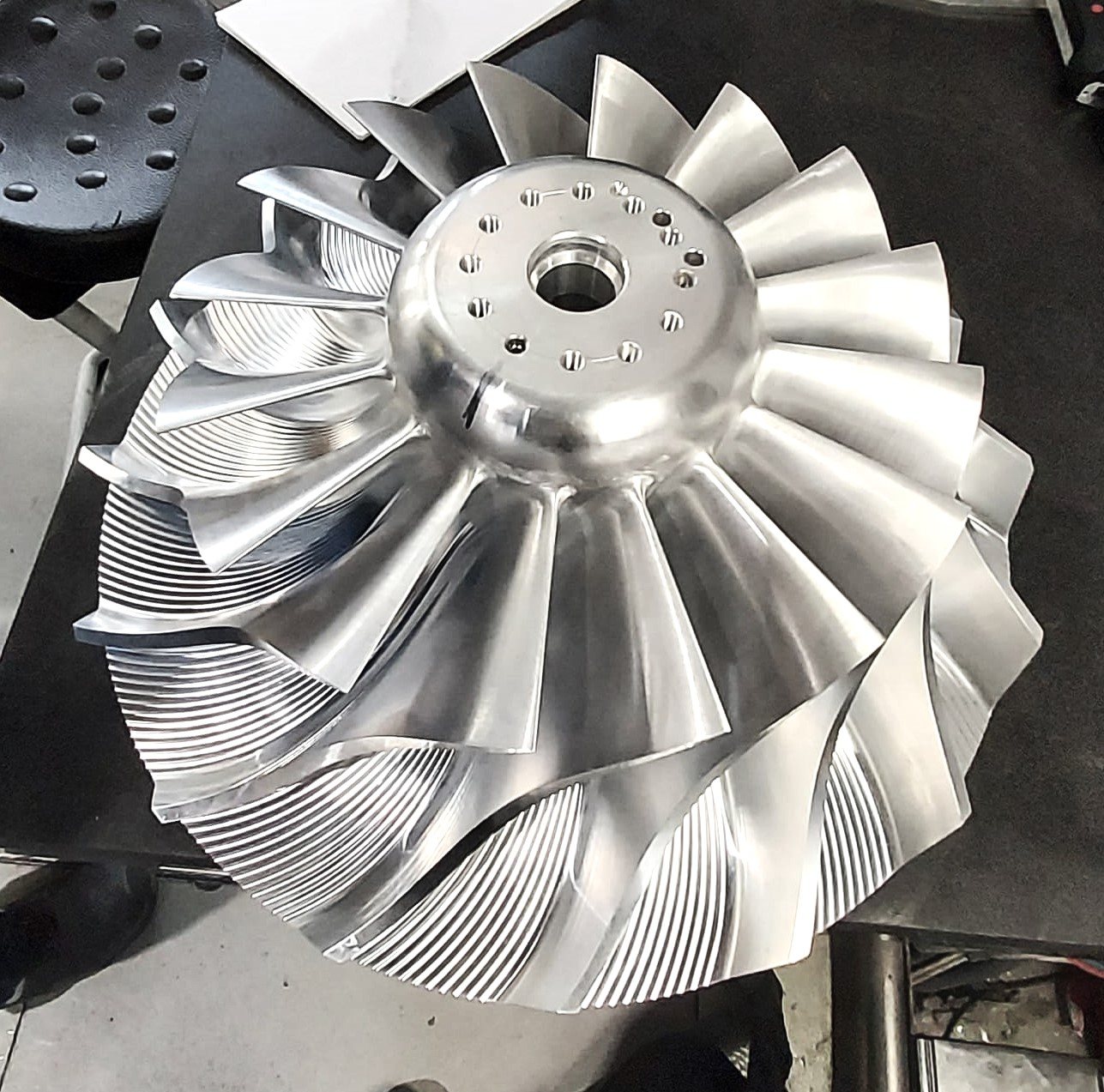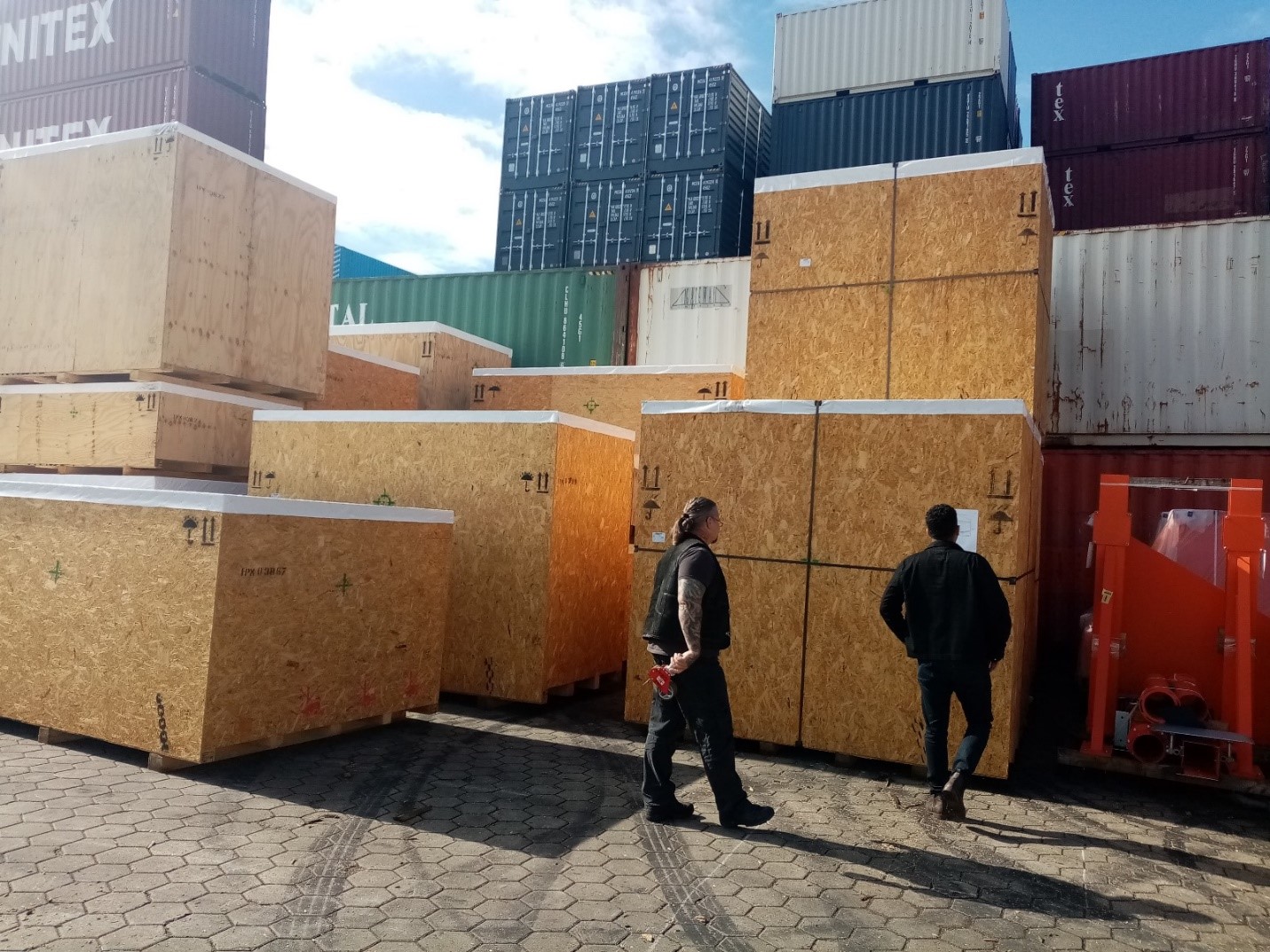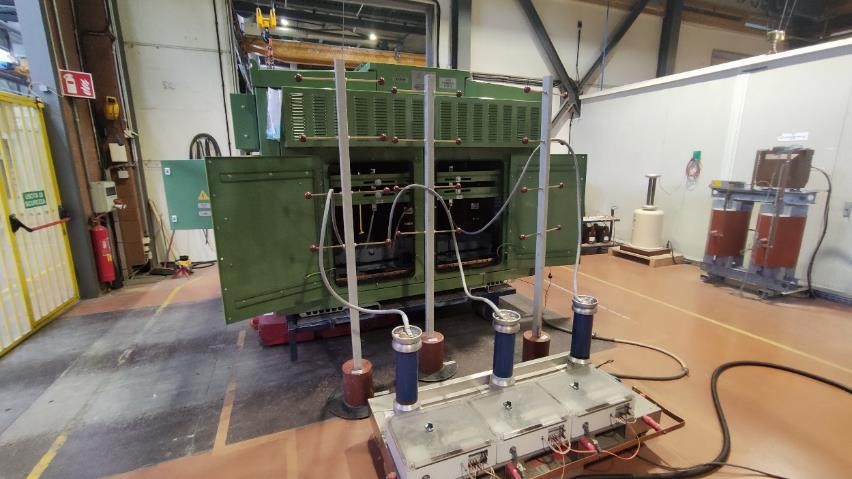Heat exchanger- During product inspection is done by TPI to ensure the device is fabricated acc. to the standards and technical specification requirements. A heat exchanger is a system, which applied to transfer the thermal energy from one fluid (liquid or gas) to another liquid, meanwhile, these flows are separated. Heat exchangers are used widely in various industries e.g., the oil and gas industry such as refineries, chemical, and petrochemical plants, power plants and power stations, air conditioning systems, and refrigeration.
There are several categories related to the heat exchanger’s process usage, flow direction, component structure, etc. Due to the heat exchanger types based on their structure, the testing and inspection could be including different steps, which are specified in the quality control plan/ inspection and test plan to be carried out under the presence of the third-party inspection representative. Here you can see some heat exchanger types that were mentioned based on the structure:
- Shell and tube heat exchanger
- Plate heat exchangers
- Plate and shell heat exchanger
- Adiabatic wheel heat exchanger
- Plate fin heat exchanger
- Finned tube heat exchanger
- Pillow plate heat exchanger
- Waste heat recovery units
- Dynamic scraped surface heat exchanger
- Phase-change heat exchangers
- Direct contact heat exchangers
This article describes the common activities, which are performed by third-party inspection company as during product inspection.
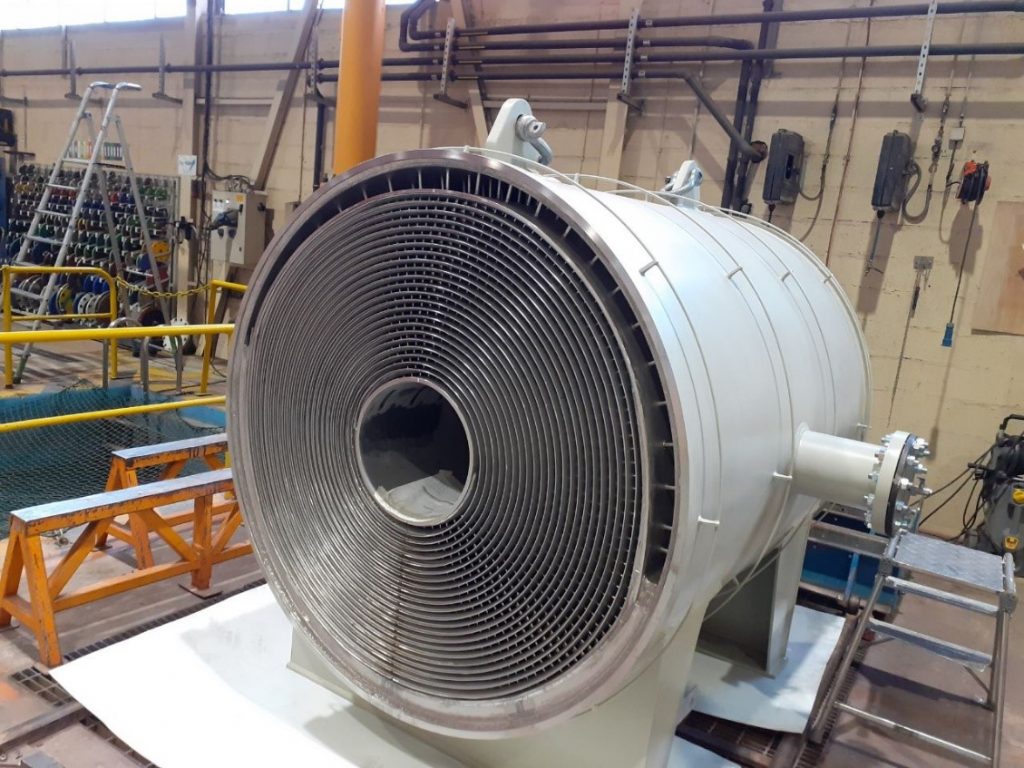
1- Material inspection:
Mechanical properties and chemical analysis tests could be witnessed by the inspector or to be reviewed according to the reference codes, standards, or approved manufacturer technical specifications by the purchaser.
The inspector identifies all materials against mill certificates at vendors’ works before the commencement of fabrication and reviews the filler material MTC.
2- Welding qualifications:
Check of welding procedure qualifications and welders’ qualifications is done during the initial steps and after the pre-inspection meeting to start the fabrication step. WPS and qualification certificate of the welders are reviewed by the inspector.
3- Document review:
Other than WPS and welder qualification certificates, some extra documents are usually checked to control they are performed and complied with the specified requirements.
Check of weld bevels from base material, PMI of Basic Materials and filler material, check of NDT Qualification, visual check of assembling of parts included a check of tack welding are reviewed.
4- Visual inspection of welds:
A visual inspection is done on the welds for any unacceptable welding imperfections e.g. lack of penetration, lack of fusion, spate, crack, burn through, or other similar defects against the acceptance criteria. Observed deviation and defects should be repaired by the manufacturer to achieve acceptable results.
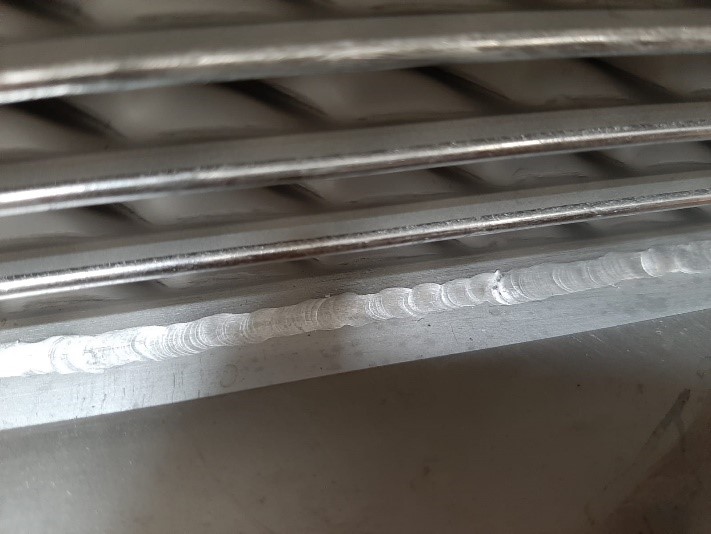
5- (Non- Destructive Test) NDT at welds
After the visual inspection of the welds, a non-destructive test shall be carried out by the qualified personnel. The TPI inspector checks the results, whether are acceptable or not.
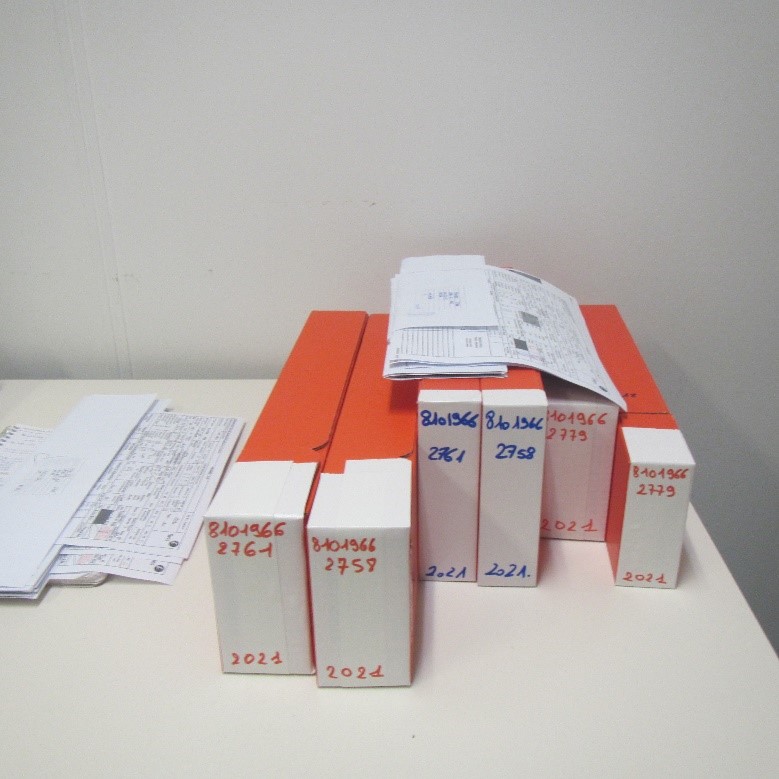
6- Dimensional check in Heat Exchanger- During product inspection:
A dimensional check is carried out on various steps. Dimensional checks on the main and connecting dimensions, nozzle locations and spacing, flanges, supports, and clips are performed according to the approved general arrangement drawings and standards.
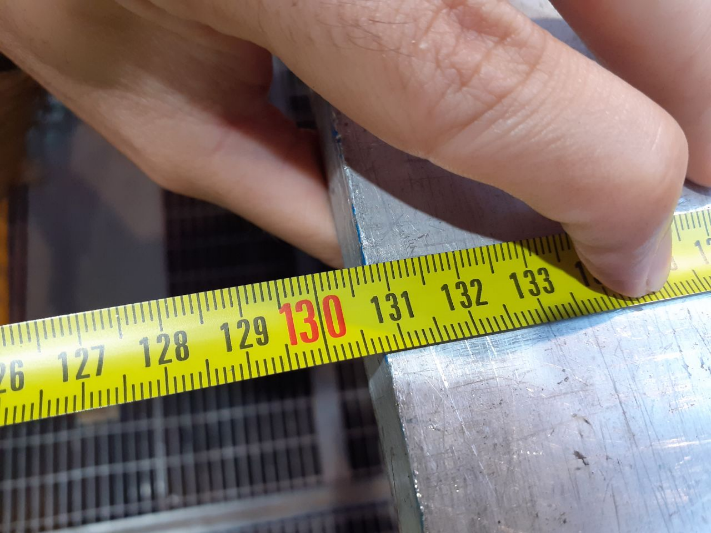
7- Heat Exchanger- During product inspection-PWHT and NDT:
If specified, post-weld heat treatment should be done to reduce and redistribute the residual stresses in the material that have been introduced by welding according to the PWHT procedure. Needful parameters like the rate of heating, Holding temperature and time, cooling rate… are specified PWHT (local) and check of PWHT-Diagram is controlled and afterward, NDT after PWHT of welds according to the welding plan/NDT-plan is done by the attendance of the third-party inspector.
8- Why the Hydrostatic pressure test should be done?
One of the important steps of “Heat Exchanger- During product inspection” which is common on most exchangers is a hydrostatic pressure test.
The hydrostatic pressure test is applied on the heat exchanger after the manufacturing completion to ensure the item is tightened and strong enough to work under design and working pressure.
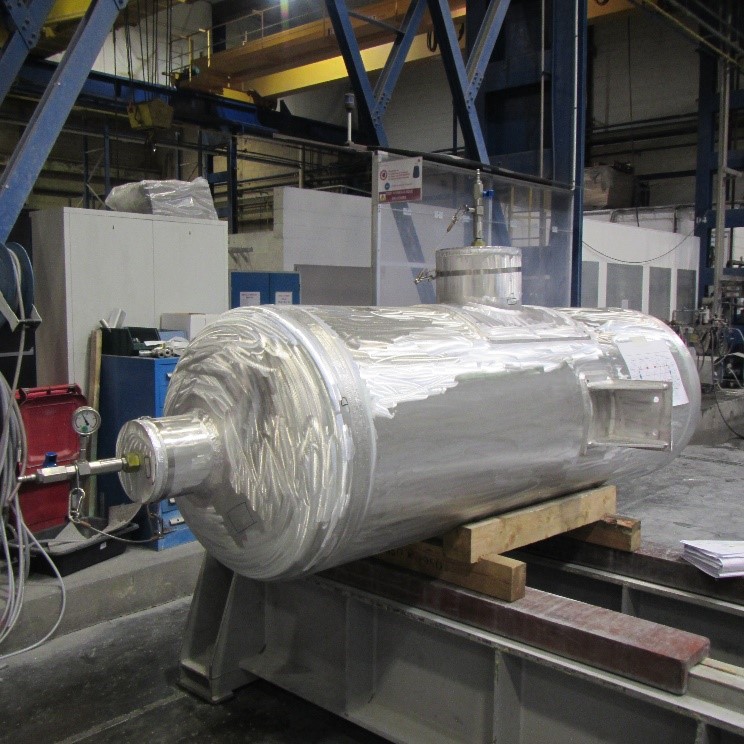
Test pressure and test duration and more considerable test points are specified on the test procedure and related reference standards. The inspector presents to witness the test and report the results to the client. Any pressure drops, leakage, or permanent deformation should be noted and compared with the acceptance criteria and acceptance limit.
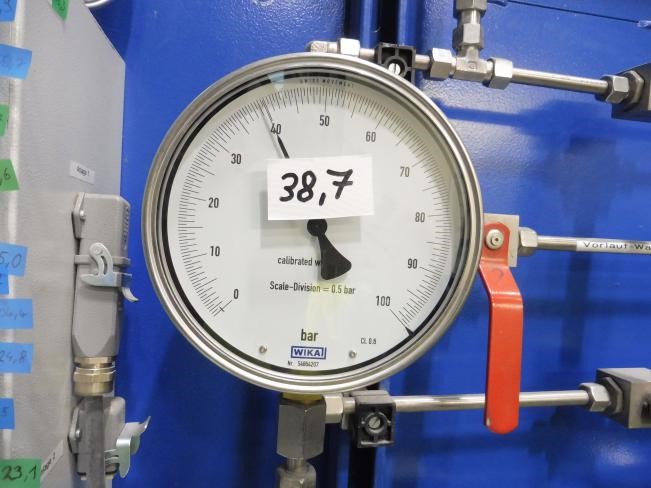
During the pressure test, the tested item should be precisely inspected for any leakage or pressure drop. Moreover, the calibration validity of the used measuring instruments during the test should be checked. The calibration certificate of the measuring tools is controlled by the technical inspector and signed and submitted along with the inspection report to the customer.
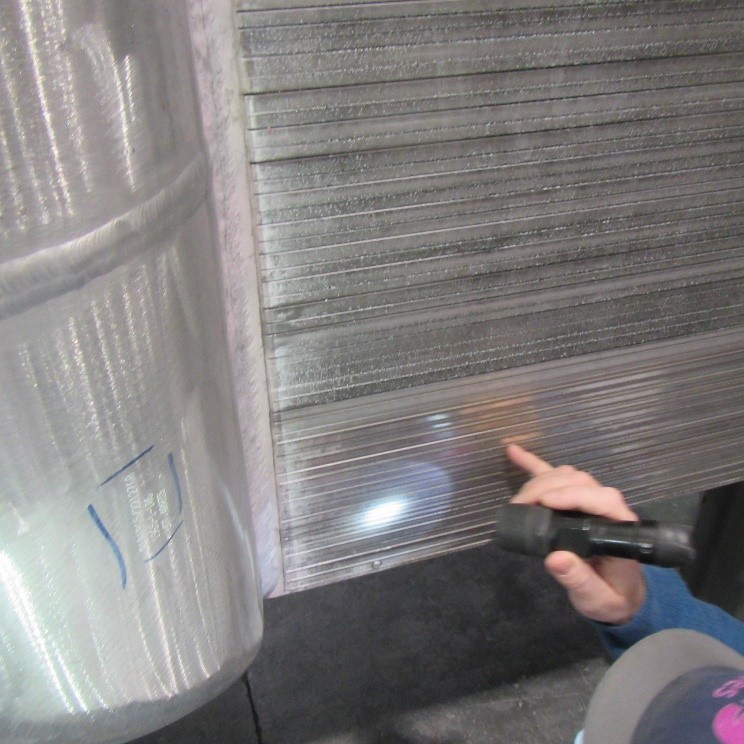
In the next article, “Heat exchanger inspection” some other activities will be described, which are commonly carried out by third-party inspection company representative on “Heat Exchanger- During product inspection”.
